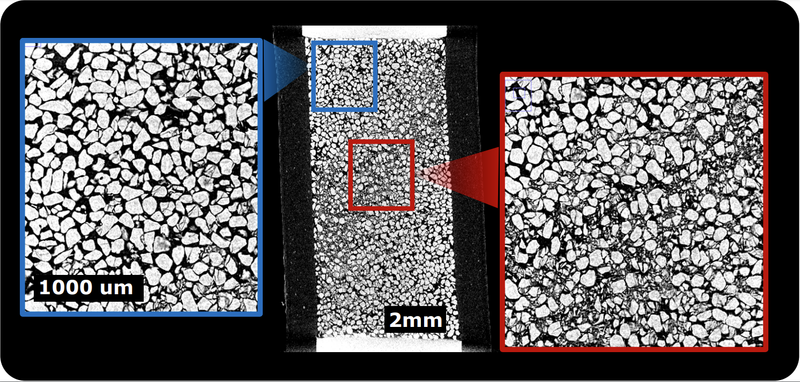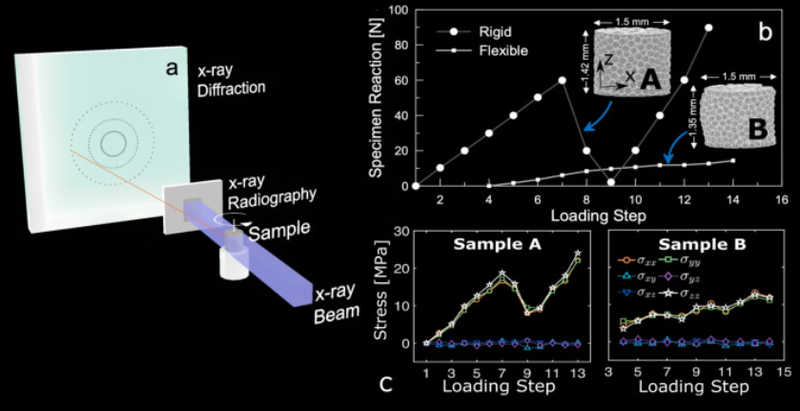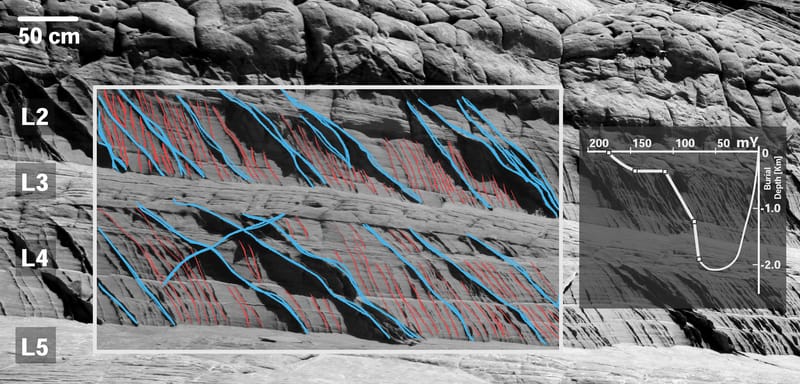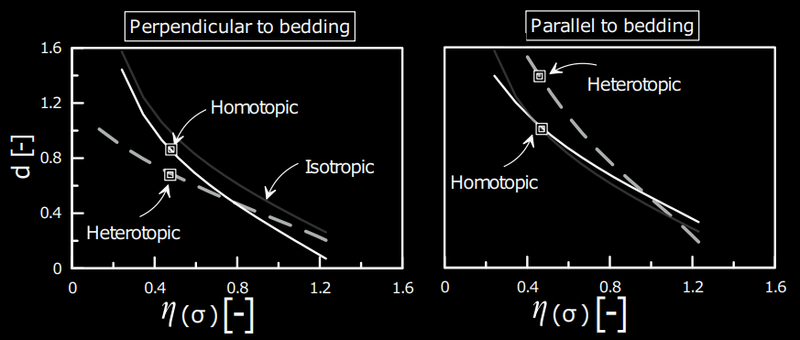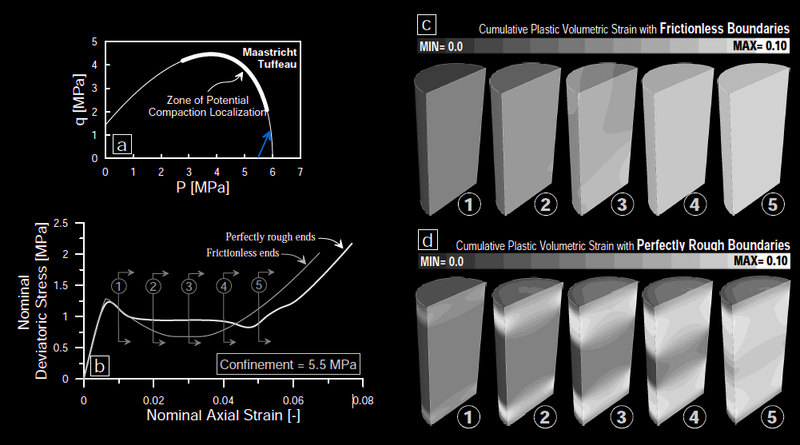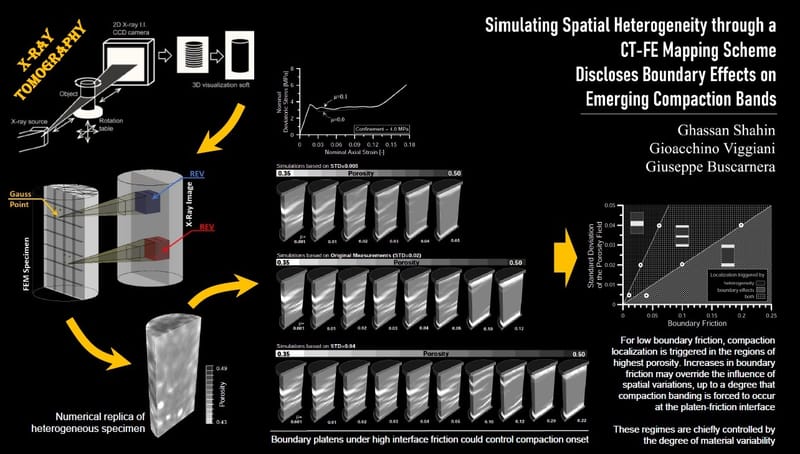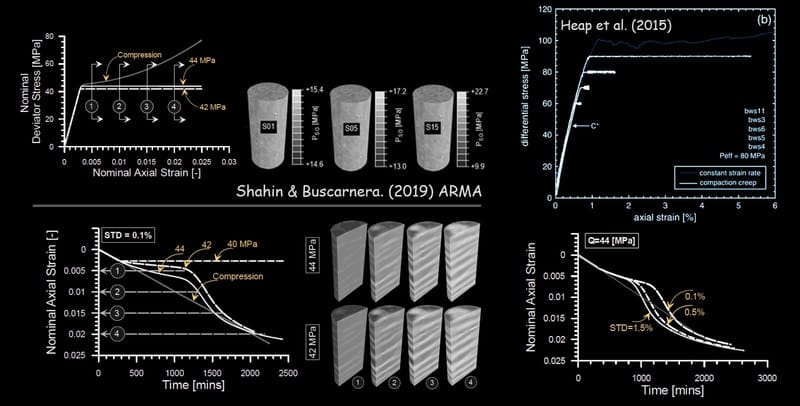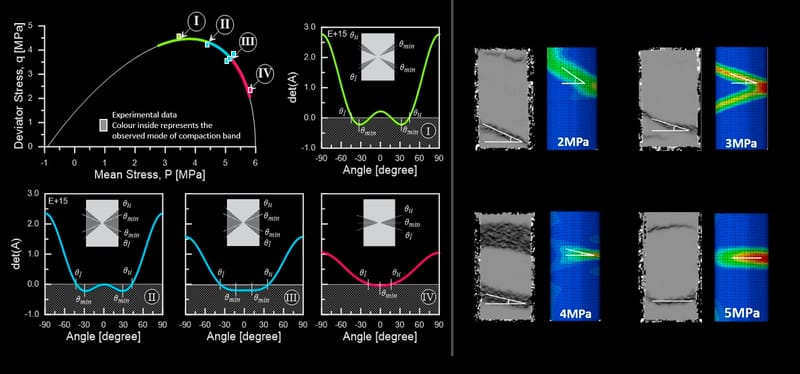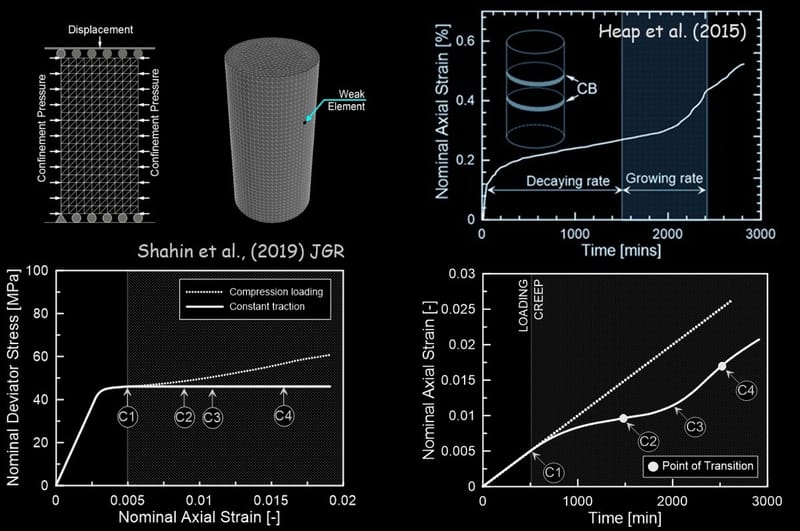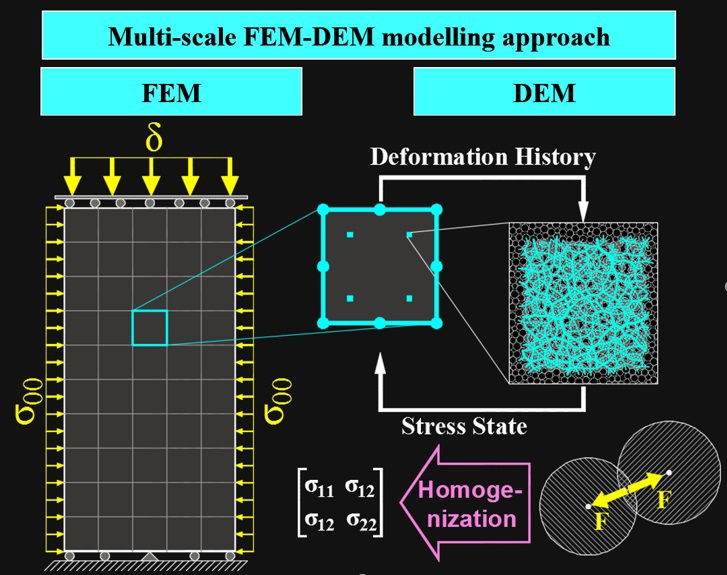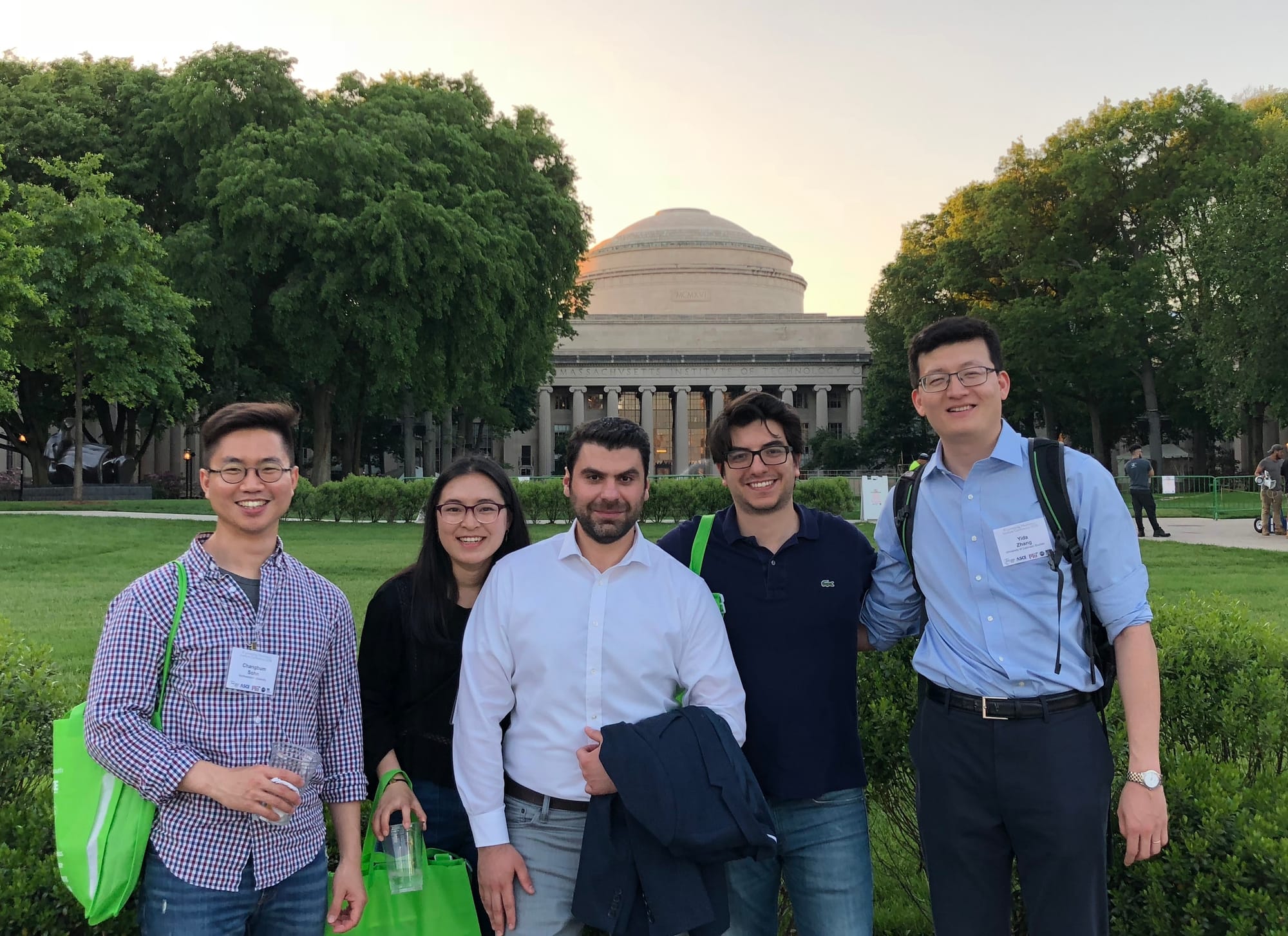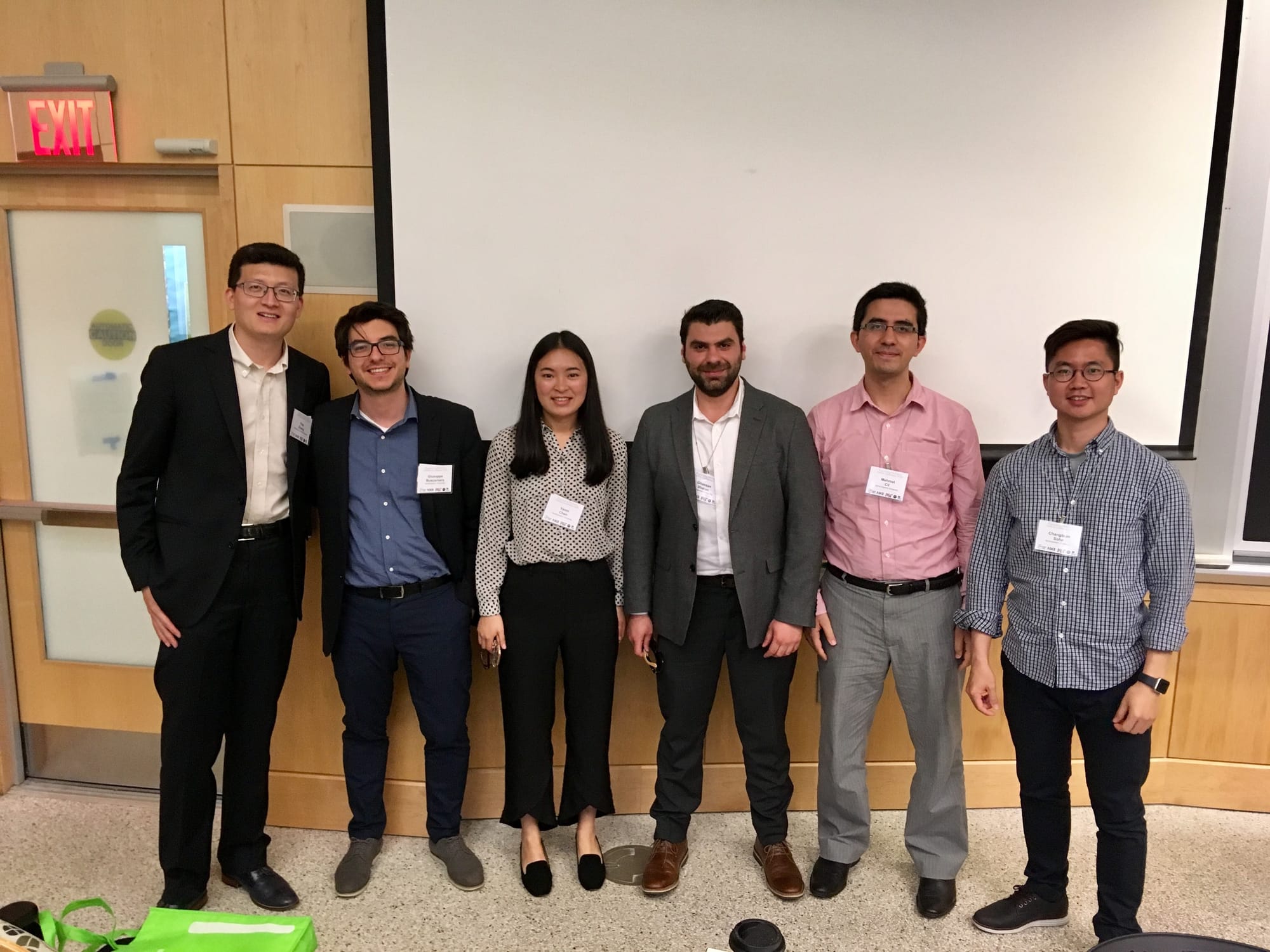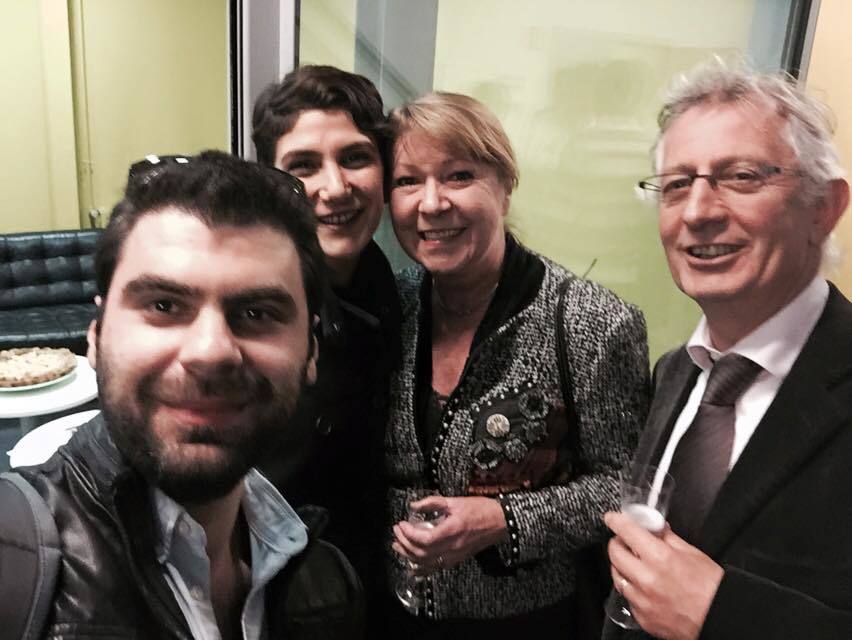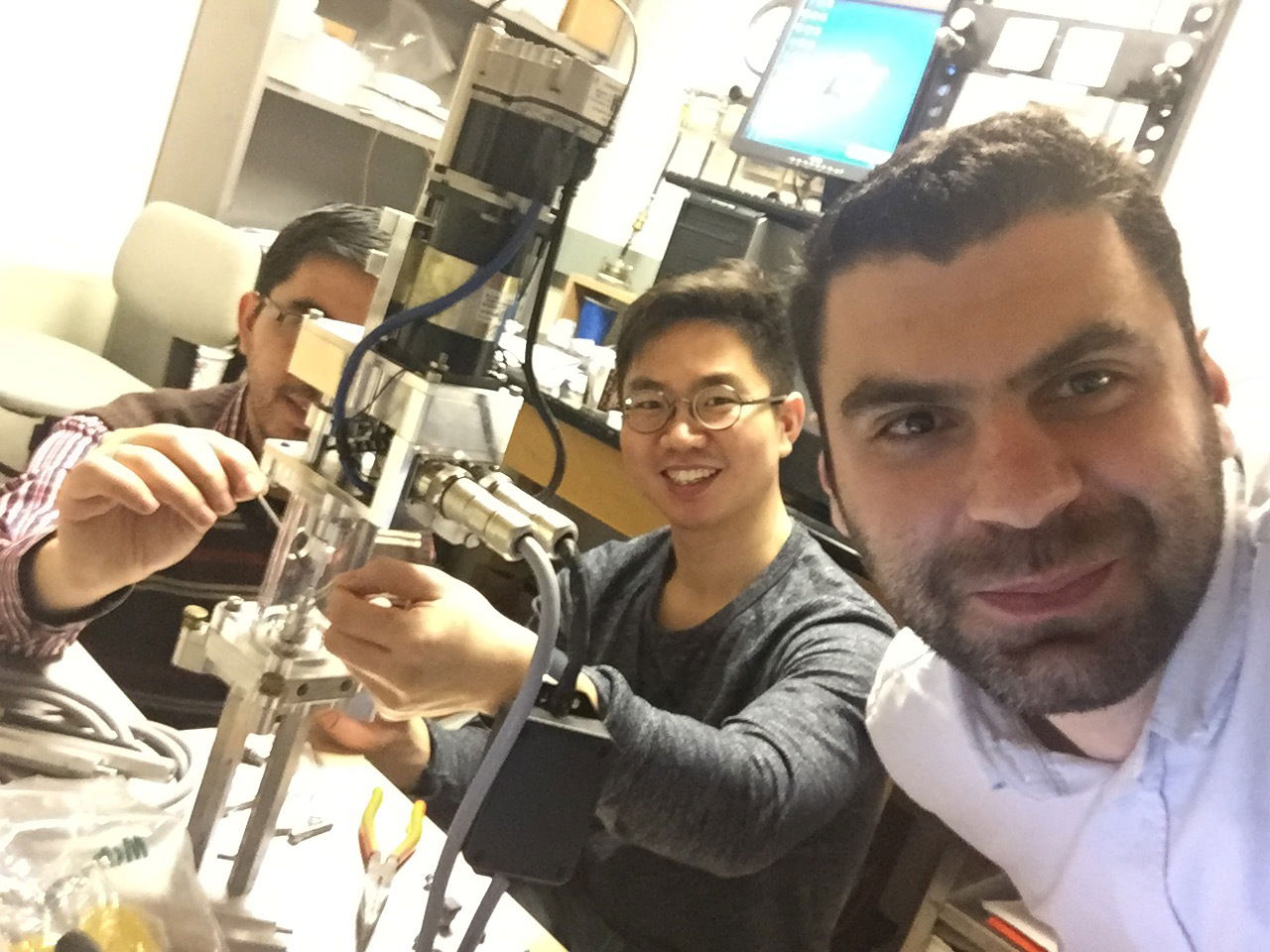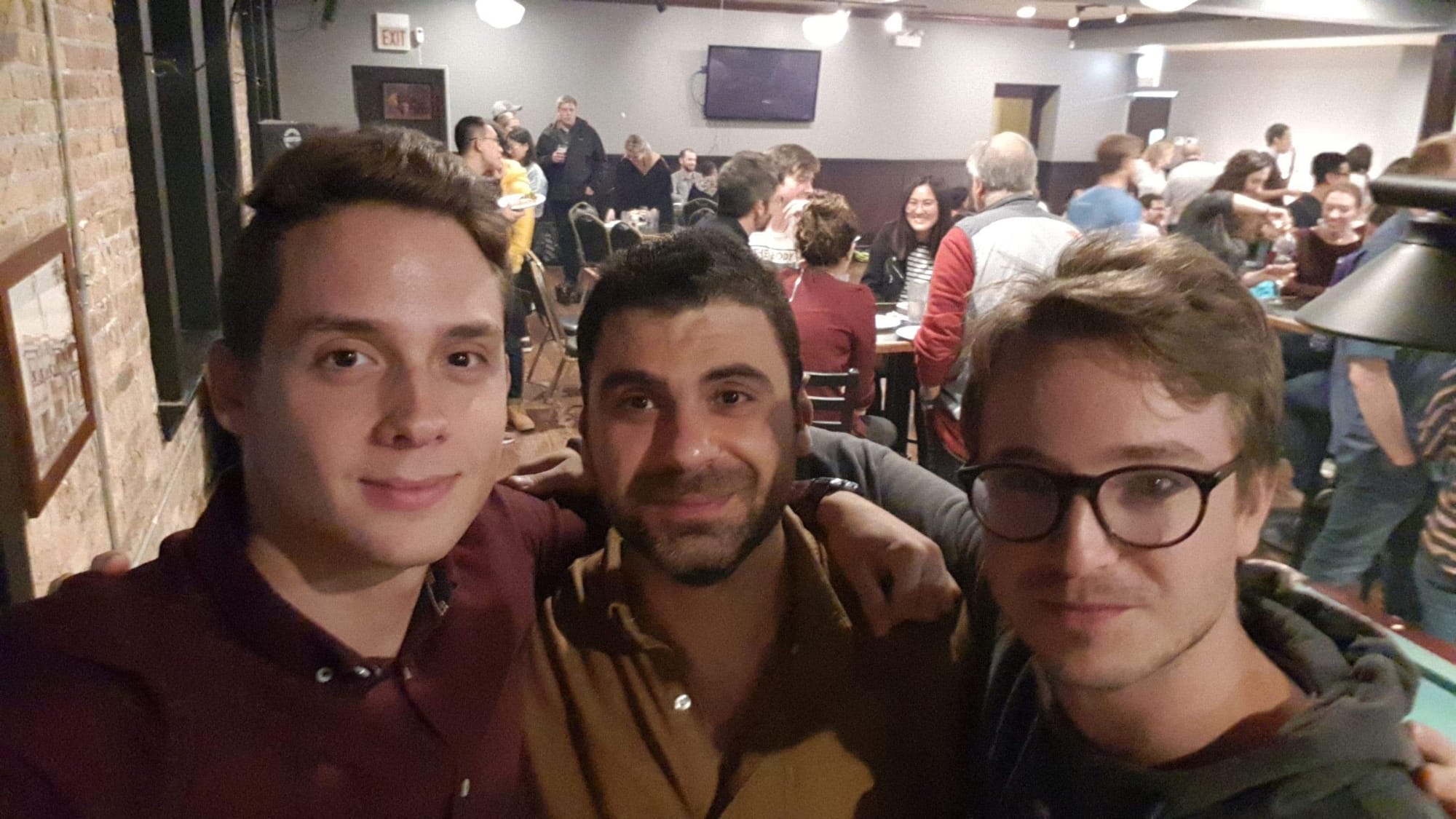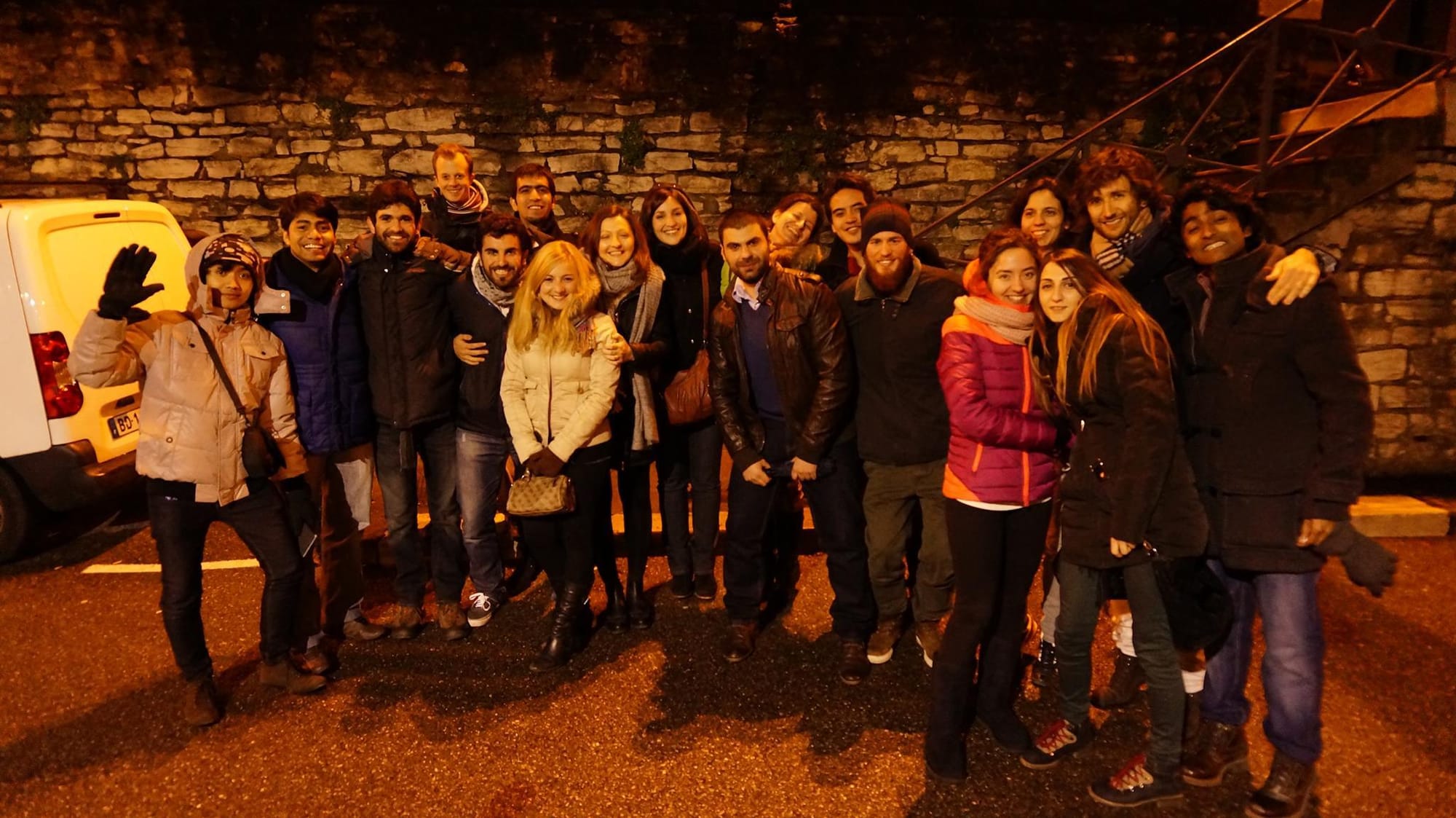About Me
Currently, I am a Marie Curie EPFLeaders4Impact Postdoctoral Fellow at the Swiss Federal Institute of Technology in Lausanne (EPFL). Prior to joining EPFL, I held a postdoctoral position in the Department of Mechanical Engineering at Johns Hopkins University. My academic background includes a Ph.D. in Civil and Environmental Engineering from Northwestern University, a joint Erasmus Mundus Master’s degree in Earthquake Engineering and Engineering Seismology from the University of Grenoble-Alpes and the School of Advanced Studies in Pavia, and a B.S. in Civil Engineering from Damascus University.

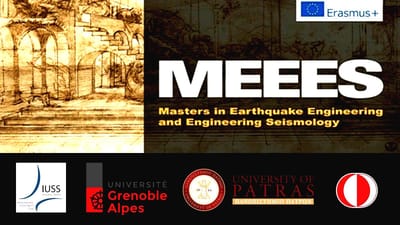

Projects
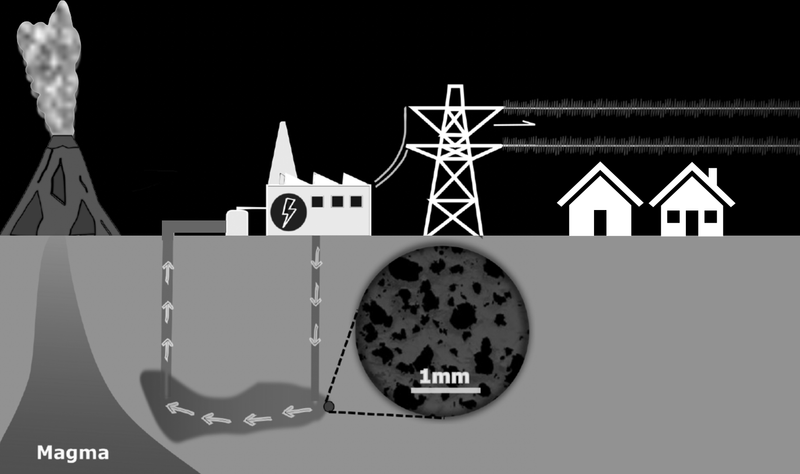
Multiscale and Multiphysics Characterization of Volcanic Rocks
Geothermal energy harvesting has gained renewed momentum in recent years following the discovery of high-temperature resources exceeding 400°C in volcanic systems. This emerging industry has highlighted our limited understanding of these types of rocks, particularly in our ability to predict their deformation behaviors under the complex thermo-hydro-chemo-mechanical conditions relevant to geothermal reservoirs. This project is designed to address this critical knowledge gap. We employ advanced geomechanics testing methods and modeling frameworks to develop novel insights and predictive capabilities for volcanic rocks that support the safe and efficient exploitation of underground geothermal resources. This project aligns with several United Nations Sustainable Development Goals, including Affordable and Clean Energy, Climate Action, Sustainable Cities, and Responsible Production and Consumption. It is funded by the Swiss National Science Foundation through an Ambizione Fellowship awarded to Ghassan Shahin. The project fosters collaborations between EPFL, the Johns Hopkins University, and the University of Strasbourg, leveraging expertise in geomechanics, geosciences, and volcanology.

EPFLRock4CCS: Quantifying chEmo-hydromechanical Properties and FaiLure mechanics of reservoir ROCKs for Carbon Capture and Sequestration
The geological sequestration of CO2 entails the injection of high-pressure fluids deep into subsurface porous reservoirs. Such procedures can induce significant stress and chemical disturbances, potentially leading to irreversible deformations within and surrounding the injection sites. Here, via a laboratory pilot study, mimicking injection into a reservoir on a miniature scale, we will characterize, through a multi-scale approach, the effect of pressurized water and weak acids on the deformation behavior of porous rocks. This project supports a range of the United Nations Sustainable Development Goals, specifically Affordable and Clean Energy, Climate Action, Sustainable Cities, and Responsible Production and Consumption. This project is funded by the European Union’s Horizon 2020 research and innovation programme under the Marie Skłodowska-Curie Fellowship and the Swiss Federal Office of Energy. The project bridges collaborations between EPFL and Ecole Normale Superieure-Paris, Ecole des Ponts, and the Johns Hopkins University bringing together expertise in geomechanics, geosciences, and geotechnology.
Selected Publications
Laboratory study providing an in-depth analysis of the micro-mechanical processes (i.e., contact sliding and grain breakage) that drive yielding and deformation mechanism of sand deformed in the ductile regime.
Read MoreBased on X-ray tomography and X-ray diffraction measurements, this fundamental study investigates the transition from heterogeneous to homogenous scale revealing scale hierarchy in geometry, stress and energy dissipation
Read MoreTechnical paper reporting, with demonstrations, features of a new load-frame designed by the Authors and installed at Johns Hopkins University to test geomaterials under high pressures with the aid of in-house and synchrotron x-ray tomography.
Read MoreNumerical investigation into the origin, causes, and sequences of complex compaction band structures observed in the dessert of Utah, combining geological history, field stratigraphy, material theories, and finite element computations.
Read MoreLaboratory investigation combined with theoretical developments to explain the divergent anisotropic responses in yielding-stresses and post-yielding deformation in the highly porous rock of Maastricht Tuffeau.
Read MoreThe role of boundary effects in promoting heterogeneous deformation fields is assessed in the context of examining the bias that boundary friction could introduce on the characterization of compaction localization in predominantly softening and hardening porous rocks.
Read MoreThe natural heterogeneity of porous rocks is integrated in numerical simulations to quantify its interplay with interfering boundary effects in the context of the triggering and the propagation of compaction band.
Read MoreStudies of the role played by spatial heterogeneities in triggering delayed compaction bands under moderated levels of creep stress.
Read MoreIllustration of elastoplastic modeling and validation of compaction banding in a highly-porous limestone tested mechanically in concurrence with in-situ x-ray computed tomography.
Read MoreConstitutive modeling and theoretical developments of instability indices for compaction creep in porous rocks susceptible to strain localization, and the example here is: Bleurswiller sandstone.
Read MoreThe theory of geostatistics is used to assess through metrics the intensity of spatial heterogeneity in granular systems subjected to chemically-induced mineral precipitation.
Read MoreWithin the framework of Multiscale modeling of FEMxDEM, this work examines the effects of incorporating spatially varying simulations of granular assemblies on the modes of strain localization.
Read MoreCollaborators
Marie Violay
EPFL
Ryan Hurley
Johns Hopkins University
Giuseppe Buscarnera
Northwestern University
Cino Viggiani
University of Grenoble-Alpes
John Rudnicki
Northwestern University
Mike Heap
University of Strasbourg
Jacques Desrues
University of Grenoble-Alpes
Anita Torabi
University of Oslo
Stefano Dal Pont
University of Grenoble-Alpes
Gael Combe
University of Grenoble-Alpes
Jean-Michel Pereira
Ecole Des Ponts
Ferdinando Marinelli
Northwestern University
Dawei Xue
Northwestern University
Mehmet Cil
Northwestern University
Albert Argilaga
University of Grenoble-Alpes
Athanasios Papazoglou
University of Grenoble-Alpes
